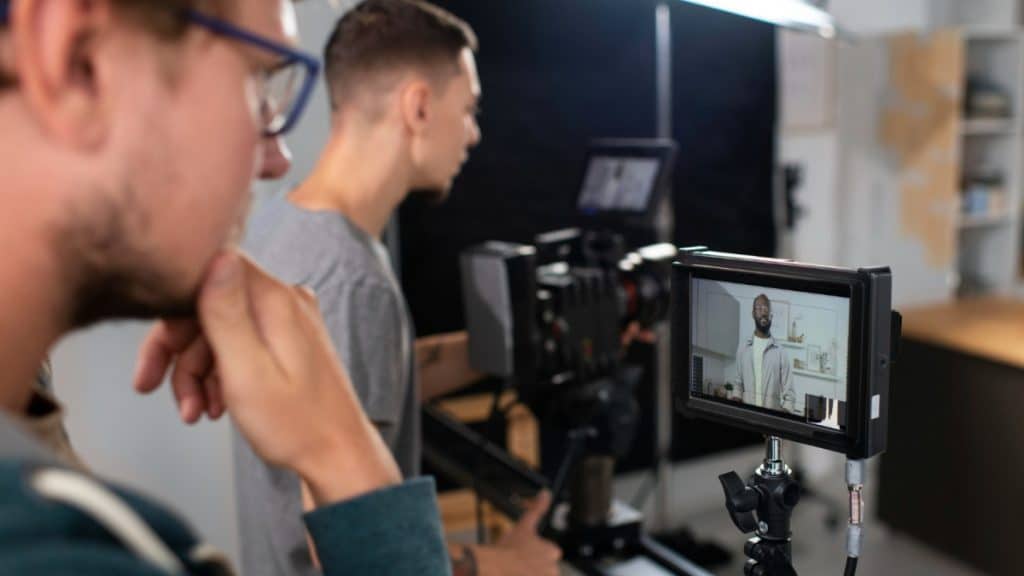Due to the predominance of the global economy, companies face fierce competition inside and outside their domestic regions. They must constantly be in touch with their consumers, reminding them of their presence. Otherwise, the end users already have many tempting options. In this endeavor, organizations use various marketing techniques to increase their reach and be visible with a purpose. While many mediums are available, they heavily rely on corporate videos that can be built on diverse themes from training to executive intro, product demos, and more. Those who have not explored this domain or done very little here believe video production is all about equipment and lighting. These are indeed critical contributors, but they are not everything.
Video making involves various strategic stages, from creative to pre-production and production to post-production. These phases deal with some of the most crucial parts of video shooting. The use of a storyboard during pre-production deserves a mention here.
An overview of storyboarding
Simply put, the storyboard is a blueprint of how a video will come out in its final stage. Artists develop frame-by-frame sketches covering minute intricacies to present the next element to be captured. When done correctly, it comprehensively outlines every detail. The widespread perception is that storyboards are only about illustrations. On the contrary, it also includes camera angles and dialogues for each scene. Some trustedvideo production companies Bay Area follows this pre-production step diligently because a clear and crisp storyboard allows creative partners and strategists to add or remove certain parts for a better video presentation. A complete storyboard looks like a comic strip, ready to be used during the production stage.
Which types of videos rely on storyboarding most? Storyboarding is commonly used in animations and motion graphics. However, it can be used in various formats to facilitate operational tasks while preserving resources.
Essential components of a storyboard
Again, even this element contains multiple details to serve its purpose. A storyboard features sketches or image panels in a proper layout. These illustrations can be animated. Descriptions are added to summarize every scene, including what to shoot and how. Storyboards make it easy to understand the appropriate camera angles and their movements beforehand.
Is it a lot of work? It’s one of the many steps toward a successful video-making endeavor. Managing all these aspects can be challenging, even with in-house resources. You can get ambitious if you have a dedicated team for video production. Still, the risk of limited access to the latest technologies and techniques will always be there, unlike with a full-fledged video production agency. Hence, hiring professionals is better, especially for essential videos covering recruitment, events, product demos, executive speeches, etc. Their emphasis on every aspect of video production enables them to create the preferred impact with excellent planning and strategizing, where steps like storyboarding play a considerable role.
As mentioned, a good storyboard helps visualize the final video output, allows team members and stakeholders to communicate, creates a precise roadmap for shooting, and more. The production and post-production stages will be smooth. Therefore, partnering with an established video production agency in the city can be worth considering.
